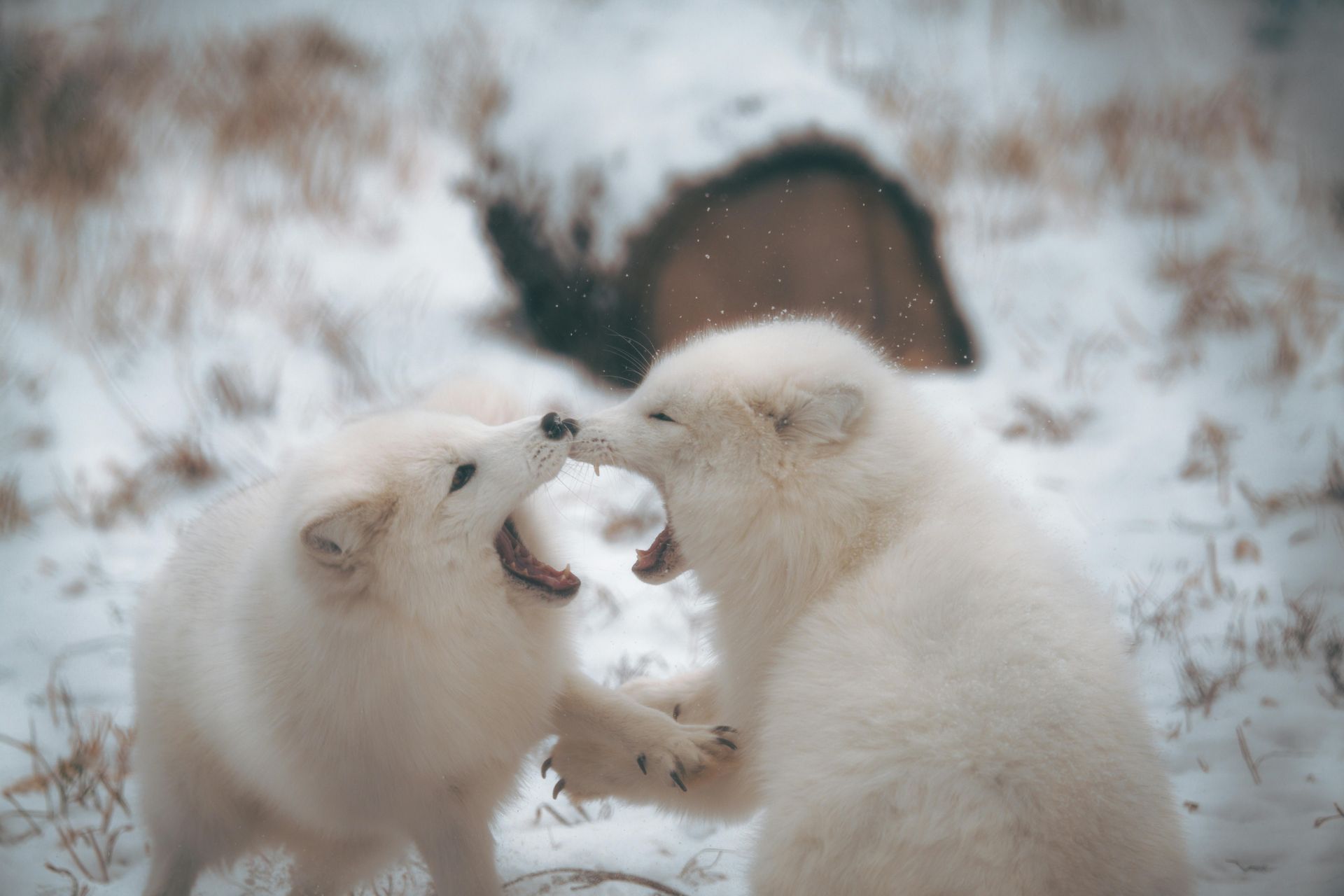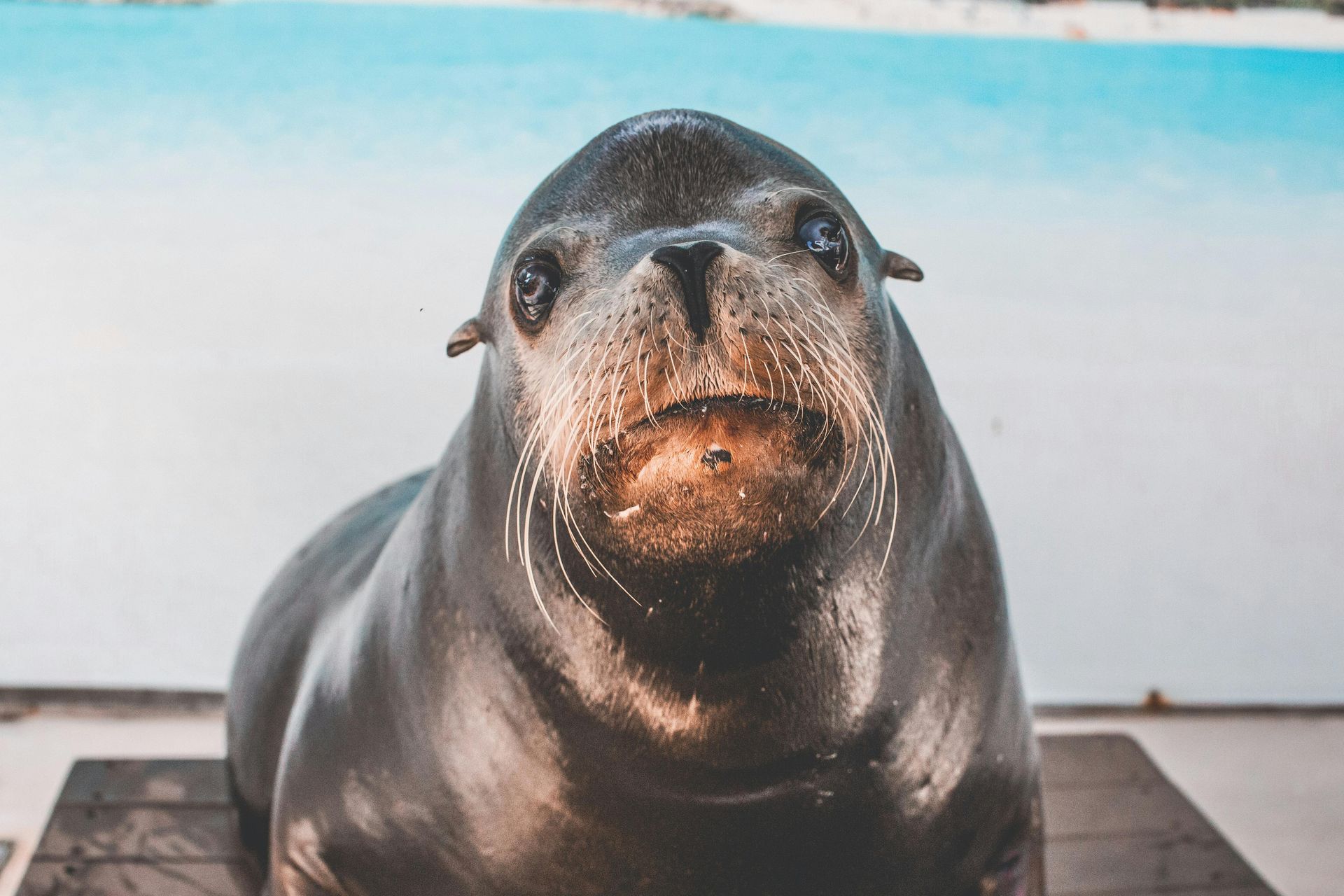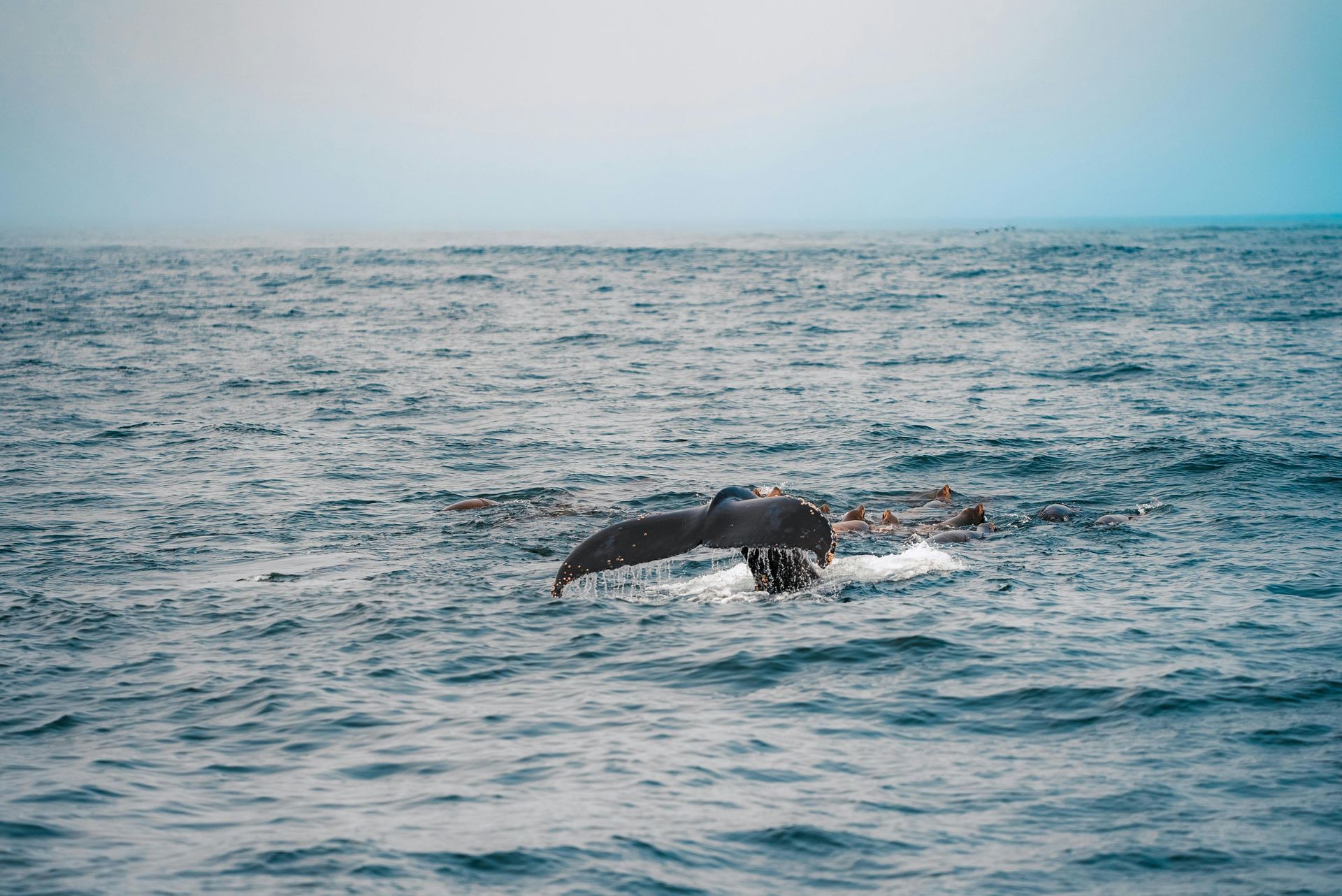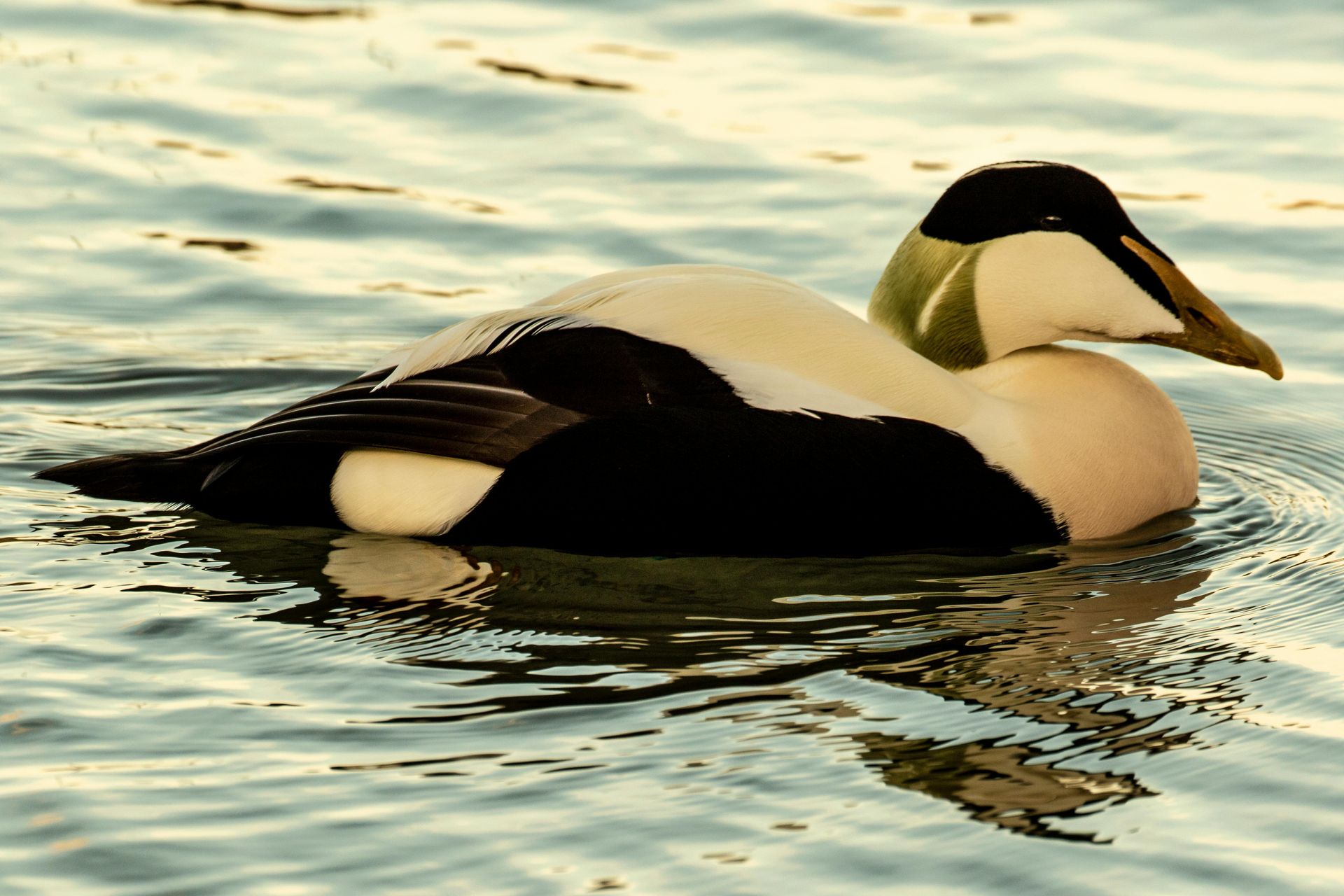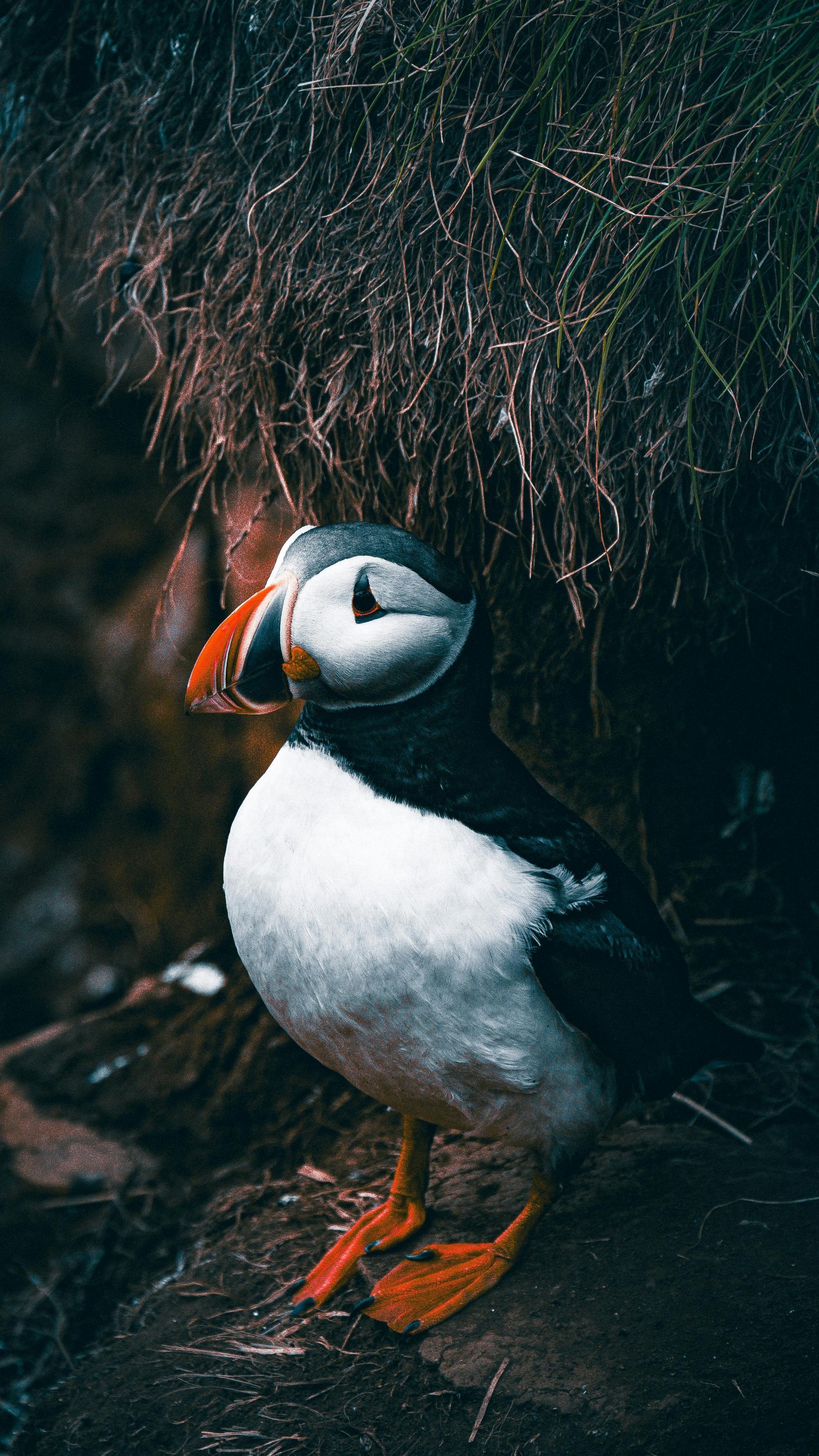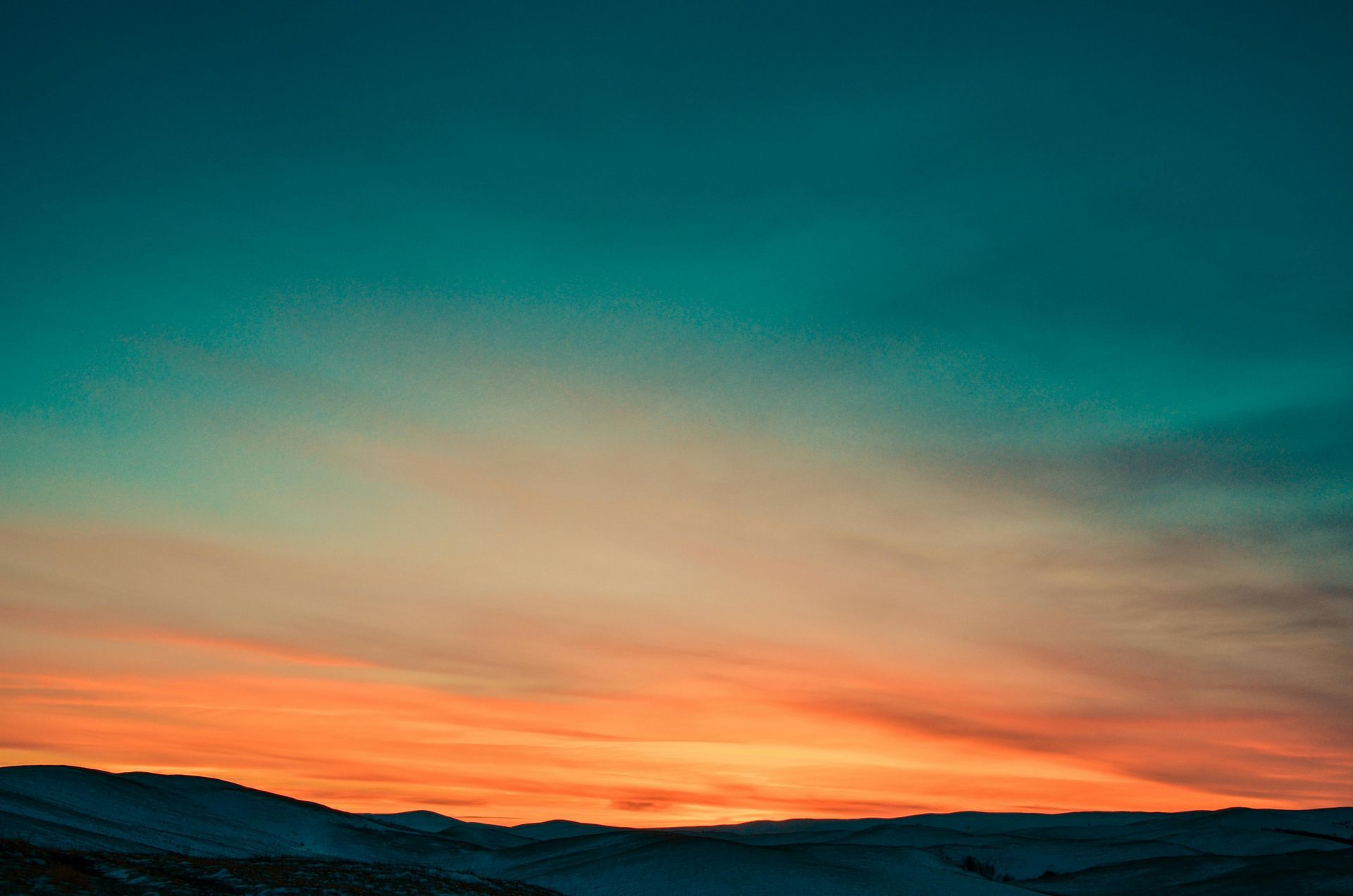Svalbard and Its Rich Cultural Tapestry
Svalbard and Its Rich Cultural Tapestry

Svalbard, the remote Arctic archipelago under Norwegian sovereignty, boasts a rich cultural heritage shaped by centuries of human history. Here's a closer look at the cultural diversity and traditions that define this unique region:
Svalbard's cultural landscape is a mosaic of influences from various countries and indigenous communities. Over the centuries, the archipelago has been home to Norwegian settlers, Russian miners, and indigenous peoples such as the Sámi and the Pomors.
One of the most significant cultural influences in Svalbard is Norwegian, with Norwegian settlers establishing permanent settlements on the archipelago in the 17th century. Today, Norwegian culture remains prevalent in Svalbard's towns and villages, evident in the architecture, cuisine, and traditions of the local community.
Russian culture also plays a significant role in Svalbard's cultural tapestry, particularly in the mining towns of Barentsburg and Pyramiden. These settlements were founded by Russian and Soviet authorities in the early 20th century and retain strong ties to Russian heritage and traditions.
In addition to Norwegian and Russian influences, Svalbard is home to indigenous communities with unique cultural traditions. The Sámi, indigenous to northern Scandinavia, have a long history of reindeer herding and cultural practices that are integral to their identity. Similarly, the Pomors, a Russian indigenous group, have a rich maritime heritage and cultural traditions that have been passed down through generations.
Svalbard's cultural diversity is also reflected in its festivals and events, which celebrate the region's heritage and traditions. From traditional Norwegian festivals like Solfestuka (Sun Festival) to Russian holidays such as Victory Day, residents of Svalbard come together to commemorate their cultural heritage and celebrate their shared identity.
Despite its small population, Svalbard is home to a vibrant arts and music scene, with local artists and musicians drawing inspiration from the archipelago's stunning landscapes and unique cultural heritage. Visitors to Svalbard can explore art galleries, attend concerts, and participate in cultural events that showcase the region's creative talents.
Svalbard's cultural heritage is also preserved through museums and cultural institutions that document the history and traditions of the archipelago. The Svalbard Museum in Longyearbyen, for example, offers exhibits on Svalbard's natural history, human settlement, and polar exploration, providing visitors with insight into the region's rich cultural tapestry.
As Svalbard continues to evolve and adapt to the challenges of the modern world, its cultural heritage remains a source of pride and resilience for its residents. Whether Norwegian, Russian, Sámi, or Pomor, the diverse cultural traditions of Svalbard contribute to the unique identity of this remote Arctic archipelago.



